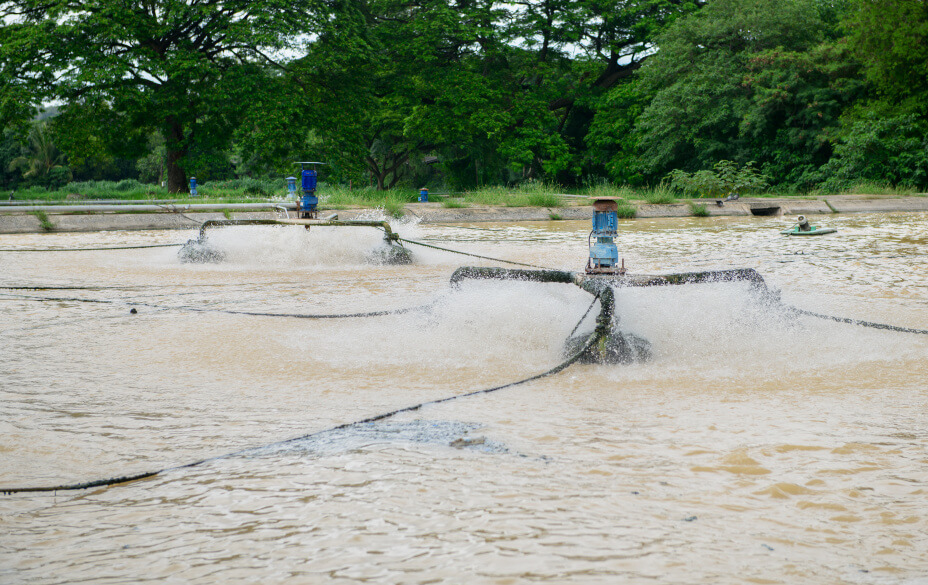Reduce dredging costs and improve wastewater lagoon capacity
Reduce dredging costs and improve wastewater lagoon capacity
High sludge levels are a source of concern for many municipal and industrial wastewater lagoon operations. The high sludge levels affect the treatment capacity, and dredging is a costly operation.
BioSpikes® 5000 offer a new way to minimize settled sludge volume and reduce handling costs in wastewater lagoons.
How it works?
How it works?
BioSpikes® 5000 are formed as dense spikes that rapidly sink to the bottom of a lagoon, even when applied at the water's surface. When the spikes reach the sludge layer, they release billions of microorganisms, fast-acting enzymes, and essential micronutrients directly into sludge.
This combination ensures rapid stimulation of biological activity and reduction of the sludge layer. This reduces the dredging frequency, increases hydraulic retention time, and improves overall performance.
Explore the benefits of the biological alternative

Explore the benefits of the biological alternative
A municipality increased their wastewater operating lagoon capacity from 9% to 35% - by adding Novozymes BioSpikes®. The increased capacity deferred a $600,000 dredging project.
Get immediate access to the case study by filling out your details.
The better alternative to dredging lagoons
The better alternative to dredging lagoons
BioSpikes® 5000 offer a new way to minimize settled sludge volume and reduce solids handling costs in wastewater lagoons. The combination of microorganisms, enzymes and nutrients stimulates biological activity and reduce the sludge layer. It is easily applied to problem build-up areas to eliminate short-circulating.
It is the ideal biological alternative for you to reduce costs, dredging frequency, increase hydraulic time, and your overall lagoon performance.
Explore product details and see what this could mean for your operations.
